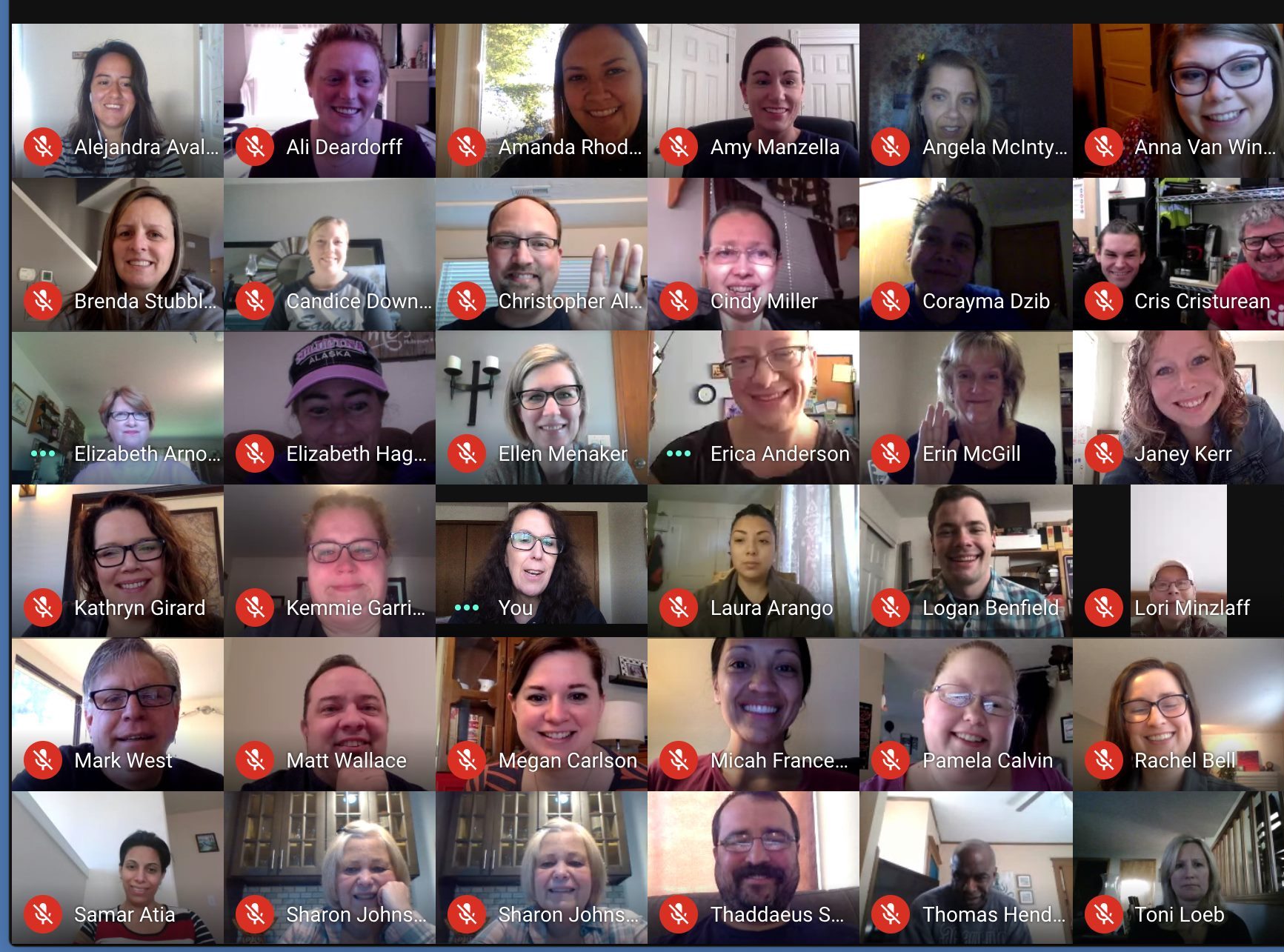The cancellations of SATs, ACTs and other standardized tests have given teachers new leeway to experiment as they build their online instructional skills, educators say.
The sudden and non-controversial postponement of those tests may indicate their academic value has been overestimated, says A. Katrise Perera, superintendent of Oregon’s Gresham-Barlow School District.
“If we can drop them as fast as we did that tells me one thing, they’re really not that important,” says Perera, a member of the District Administration Leadership Institute.
During online learning, the district’s teachers have assigned more student-centered work that challenges learners to “think and do,” Assistant Superintendent Lisa Riggs adds.
More from DA: Education groups seek $5.25 billion to connect students
Gresham-Barlow‘s educators have focused on the social-emotional well-being of students during the closure, and will continue that approach in the fall.

“As we’re learning more about the digital world and how we’re going to blend that in, you have to keep in mind those relationship part of education, and that’s going to stay in the forefront,” Riggs says.
That means making sure teachers connect with all students, even when children are at home, she adds.
At the same time, teachers continue to receive professional development in online instruction.
Because administrators expect to continue some degree of online next school year, Gresham-Barlow will hold its annual “Techfest” virtually.
The event provides teachers with demonstrations of how to vet digital teaching materials.
More from DA: 7 questions schools will have to answer to reopen in fall 2020
Perera and her term are now figuring how they would space students six feet apart next school year, which could mean dividing classes into thirds and staggering schedules.
Because Oregon has no cap on class sizes, many of Gresham-Barlow’s elementary schools have classes of 30 or more.
“We’re using this school year as a practice run because we’re going to have to do this again,” Perera says. “Every district has the same equation about where we go from here. We’re trying to plan for unpredictable scenarios.”
Share your stories of teacher creativity
District Administration is sharing stories of creative teaching during this challenging time. Please use this form to nominate an innovative teaching effort for us to share with our readers.







